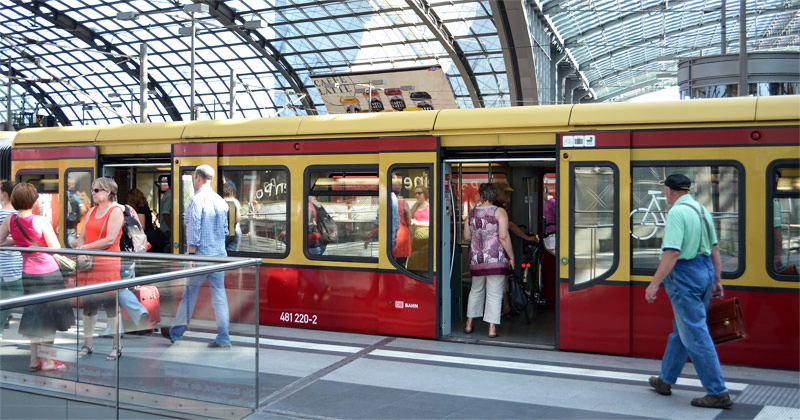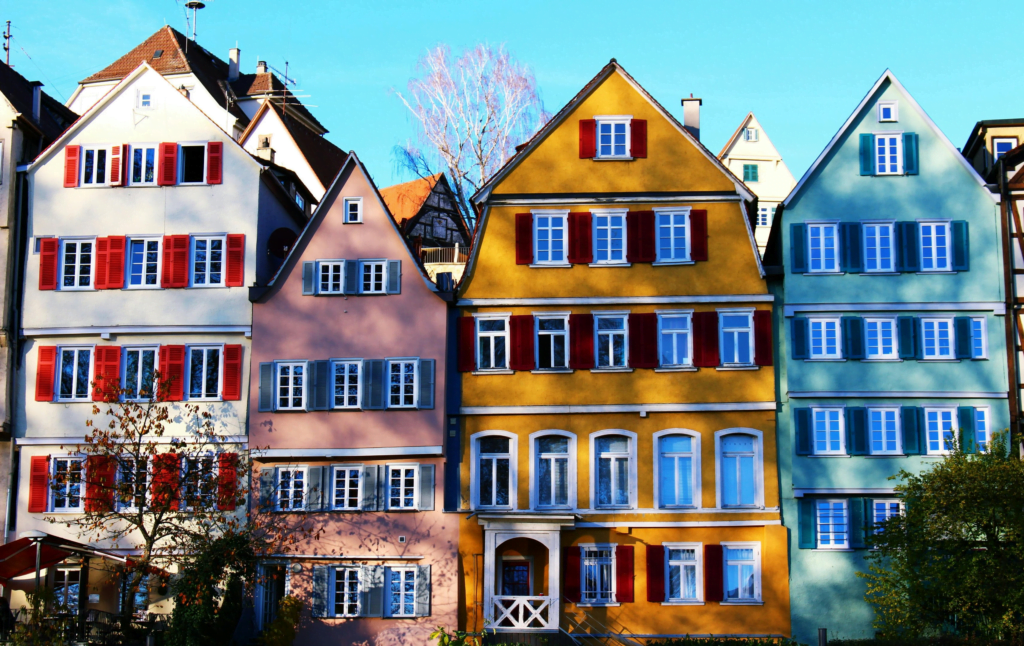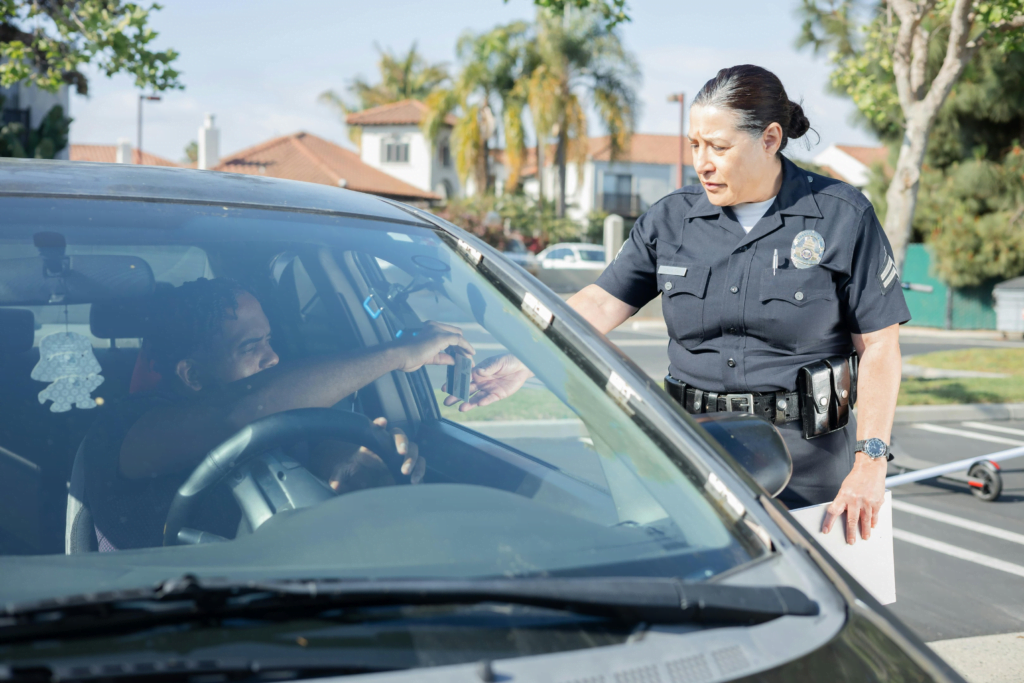
Germany is renowned for its well-organized and efficient public transportation system. Whether you’re an international student, a tourist, or a local resident, public transport is a key aspect of everyday life in Germany. Its extensive network covers various modes of transport including buses, trams, trains, and even ferries. For those considering living or visiting Germany, understanding the reliability and affordability of the public transportation system is essential.
This article explores the ins and outs of public transportation in Germany, diving into its reliability, affordability, types of transportation, ticketing systems, and some practical tips for getting around.
Types of Public Transportation in Germany
Germany’s public transport system consists of several different modes of transport:
- Trains (Deutsche Bahn): Deutsche Bahn (DB) is Germany’s main train operator and provides both regional (Regionalbahn – RB) and long-distance services. Major cities are connected by high-speed trains, such as the Intercity Express (ICE) and EuroCity (EC), while regional trains connect smaller towns.
- Subway (U-Bahn): The U-Bahn operates in most of the major cities such as Berlin, Munich, and Frankfurt. It serves as a rapid transit system and is a popular choice for daily commuting.
- Trams (Straßenbahn): Trams are available in many German cities and offer a convenient way to travel short distances. Cities like Dresden, Cologne, and Leipzig are known for their extensive tram networks.
- Buses: Buses are ubiquitous across Germany, serving both urban and rural areas. They complement the rail and tram networks, ensuring that every part of the country is accessible.
- S-Bahn (Suburban Trains): The S-Bahn operates in larger cities and metropolitan areas, connecting the suburbs to city centers. It’s often used for short to medium commutes.
- Ferries: Some cities, particularly those along rivers or near lakes like Hamburg, have ferry services as part of their public transport network.
Reliability of Public Transportation in Germany
One of the key reasons Germany’s public transport system is so well-regarded is its reliability. Below are some factors that contribute to this reliability:
1. Punctuality
German public transport, particularly trains, are known for being relatively punctual. However, while Deutsche Bahn (DB) used to have a sterling reputation for timeliness, recent years have seen some issues with delays, especially during peak times. Despite this, trains, buses, and trams usually stick to a well-maintained schedule, and delays are typically minimal compared to other countries.
2. Extensive Network Coverage
Public transportation in Germany covers almost all areas, including remote regions. The S-Bahn, U-Bahn, and tram services make it easy to travel within cities, while regional trains connect smaller towns and villages with larger cities. This vast coverage makes it possible to rely on public transport even in areas where private car ownership might be lower.
3. Frequent Services
In major cities like Berlin, Hamburg, Munich, and Frankfurt, public transportation operates frequently throughout the day. Buses, trams, and trains run every few minutes during rush hours, and even outside peak times, services are frequent enough that users rarely need to wait long. In smaller towns, the frequency of services might be less, but it is still generally consistent.
4. Advanced Technology
Germany employs advanced technologies to keep its public transport reliable. This includes real-time updates for delays, sophisticated ticketing systems, and automated schedule management. Apps like DB Navigator provide up-to-date information on schedules and any changes in services, making it easier for passengers to plan their journeys effectively.
Affordability of Public Transportation in Germany
The affordability of public transportation in Germany is generally considered reasonable, particularly when compared to the cost of owning a car, including fuel, insurance, and parking fees. However, costs can vary depending on the city, region, and the type of ticket purchased.
1. Ticket Prices
Public transport tickets in Germany are typically priced based on zones or regions. Larger cities are divided into fare zones, and the price of a ticket depends on the number of zones you travel through. For example, in Berlin, a one-way ticket within two zones (A and B) costs around €3.20, while a full-day pass for unlimited travel in all zones costs about €8.80.
2. Monthly and Yearly Passes
For frequent users, monthly or yearly passes offer significant savings. In many cities, students and employees are eligible for discounts. For example, a monthly pass in Berlin costs around €86, while an annual subscription can lower the price to about €761. These passes allow for unlimited travel within specified zones, making public transport an affordable option for daily commuting.
3. Student Discounts
Many universities in Germany provide their students with semester tickets that are included in their tuition fees. These tickets allow for free travel within a specified region during the academic term. This is a huge advantage for students, making public transportation not only affordable but essentially free for many.
4. Group and Family Tickets
Germany also offers special ticket options for groups and families, which are more affordable than individual tickets. For instance, the “Schönes-Wochenende-Ticket” allows groups of up to five people to travel across Germany on regional trains for a fixed price on weekends.
5. National Travel Discounts
Traveling across Germany can also be affordable if you use Deutsche Bahn’s special offers. Tickets booked in advance through Deutsche Bahn’s website can be significantly cheaper, especially on high-speed trains like the ICE. Additionally, the BahnCard offers a discount on every journey you take with Deutsche Bahn – BahnCard 25 gives a 25% discount, while BahnCard 50 offers a 50% discount.
Environmental Benefits of Public Transportation
In addition to being reliable and affordable, Germany’s public transportation system is environmentally friendly. With the growing concerns about climate change, many people in Germany prefer using public transport over driving, as it reduces carbon emissions. Trains, buses, and trams in Germany are increasingly powered by renewable energy sources, making them a greener choice for daily commuting.
1. Reduction of Traffic and Pollution
Public transport helps in reducing traffic congestion and air pollution in large cities. The S-Bahn and U-Bahn systems are designed to handle large numbers of passengers efficiently, reducing the need for private cars.
2. Energy Efficiency
Germany’s public transportation systems are designed to be energy-efficient, with modern buses and trains consuming less fuel and electricity. The use of electric buses and trains powered by green energy is steadily increasing, further promoting environmental sustainability.
Challenges in German Public Transportation
While public transportation in Germany is generally reliable and affordable, there are still a few challenges:
- Delays and Cancellations: While relatively punctual, German trains are occasionally delayed due to weather, infrastructure issues, or overcrowding during peak times.
- Price Variability: Although public transport is affordable, ticket prices can vary significantly between cities. In some regions, the cost of daily travel can add up.
- Overcrowding: In major cities, particularly during rush hours, public transport can become crowded. The U-Bahn and S-Bahn services in cities like Berlin and Munich often struggle to accommodate the large number of daily commuters.
Final Thoughts
Public transportation in Germany is both reliable and affordable, making it an ideal choice for residents, tourists, and international students. The well-connected system, frequent services, and various ticket options cater to a wide range of needs and budgets. Though there may be occasional delays and overcrowding, the overall experience is efficient and convenient. For those seeking an environmentally friendly, economical, and stress-free way to get around Germany, public transport offers a solid option.


